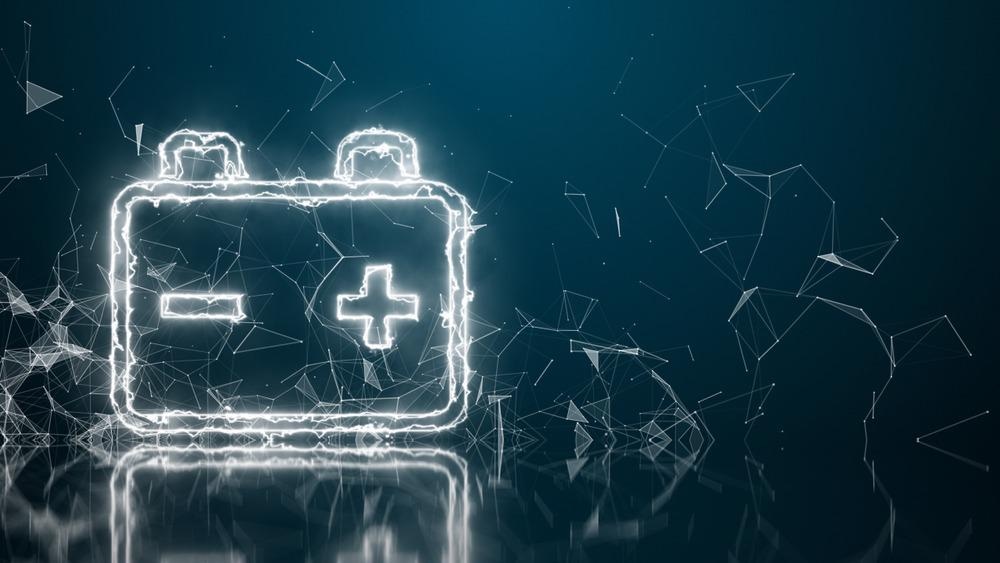In an article published in the journal micromachines, MDPI , a novel nano/micro structured electrode design was created for superior performance hybrid power systems with increased effective surface area.

Study: Electrospun Nanofiber Covered Polystyrene Micro-Nano Hybrid Structures for Triboelectric Nanogenerator and Supercapacitor. Image Credit: Immersion Imagery/Shutterstock.com
Is TENG the Answer to the Global Energy Crisis?
As the energy shortage is becoming a worldwide concern, several attempts have been made to address these difficulties via the production of renewable and continuous clean energy. Furthermore, while developing compact electronics, it is critical to address the limitations of device shrinkage defined by current energy sources with complex exterior circuitry and power distribution.
An energy harvester centered around transforming mechanical energy, on the other hand, can meet the needs of tiny portable devices.
Among the energy harvester approaches, the triboelectric nanogenerator (TENG) offers multiple benefits, including a simple construction, a variety of materials, a cheap cost, and application to a variety of power sources.
The TENG may create electric power by simply separating two dielectric substances from external physical motions by a straightforward contact–separation.
Pairing TENG with a Supercapacitor
The creation of an energy storage technology based on supercapacitor (SC) design is critical for reducing the waste of TENG-generated electric energy.
The electric energy generated by TENG may be effectively retained in a supercapacitor, which has a good power density and higher charging/discharging cycles, by using a hybridized energy system.
Several hybridized energy system investigations have been undertaken to build the integrated and standalone single-module system for optimal energy efficiency in self-sustained energy storing devices.
Ways of Improving TENG’s Output Power
The increase of power output capacity has continued to be a major impediment to the production of a viable TENG. The electric charge concentration on the surface of the dielectric material is by far the most critical aspect that controls the electric output effectiveness of TENG to produce an increased electrical output.
A greater potential difference is produced as the surface charge concentration rises. It is feasible to enhance the active area of contact of a dielectric material as a technique of raising the surface charge concentration of the dielectric material.
Similarly, improving the electrically active area of the electrode is a crucial factor in raising the capacitance of the superconductor. The electric double-layer capacitor (EDLC) may absorb and desorb a greater concentration of ions from a bigger contact area as the electrically active region grows.
To retain electric power in pseudo-capacitors using metallic oxide or conducting polymeric electrodes, a Faradaic electron transference process is triggered.
Advantages of the Proposed Fabrication Technique
The effective contact area of the electrodes may be considerably enhanced utilizing the fabrication technique presented in this work, without the need for a complicated traditional production procedure.
The shrinking from the glass transition by heating might cause the PS material to form a micro-crinkled structure. As an electrode, a Cu (copper) conducting surface was sparingly placed on the conducting PS base.
In this example, the nanofibrous coating formed by an electrospun polymeric coating of polyacrylonitrile (PAN) and Nylon 6/6 (Nylon) wraps the crinkled PS material and retains the morphologies by generating a nano/micro hybrid framework.
Highlights of the Research
In this work, the researchers created a nano/micro hybridized system by combining an electrospun nanofiber with a glass-transitioned PS coating. In addition to the increased contact area of the developed electrodes, the electric and electrolytic effectiveness of TENG and SC relative to plain electrodes was significantly enhanced.
In the instance of TENG, copper was placed on the PS layer for conductance before electrospinning PAN and nylon polymers to create the dielectric layer.
With an improvement in triboelectric charge concentration generated by the nano/micro hybridized structure, the W-TENG could generate 13 times and 37.5 times more VOC and ISC than that produced by the NW-TENG.
In the instance of produced SC, PAN nanofibers were electrospun onto the PS film, and then the heat was used to create a nano/micro hybrid complex.
PANI, which exhibited conductance and produced redox reactions, was then wrapped to be used as an electrode of a capacitor.
The synthesized W-PAN/PS@PANI electrode had a larger contact area and conductance than the PAN@PANI and W-PS@PANI electrodes and performed better electrochemically. Furthermore, by combining a TENG with a nano/micro hybrid system and a SC, it was proved that energy generation and storage are achievable concurrently. As a result, the nano/micro hybrid system has a lot of promise for use in energy generation and storing systems.
Reference
Park, J., Jo, S., Kim, Y., Zaman, S., & Kim, D. (2022). Electrospun Nanofiber Covered Polystyrene Micro-Nano Hybrid Structures for Triboelectric Nanogenerator and Supercapacitor. Micromachines, 13(3). Available at: https://www.mdpi.com/2072-666X/13/3/380.
Disclaimer: The views expressed here are those of the author expressed in their private capacity and do not necessarily represent the views of AZoM.com Limited T/A AZoNetwork the owner and operator of this website. This disclaimer forms part of the Terms and conditions of use of this website.